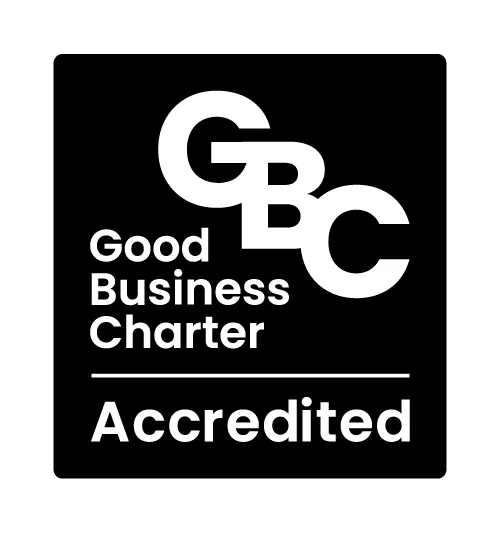
6 Tips To Create An LGBTQ+ Community-Friendly Hiring Process
19 Jan, 20235 minutesDespite substantial progress toward LGBTQ+ workplace inclusion over the years, the community...

Despite substantial progress toward LGBTQ+ workplace inclusion over the years, the community’s self-reported experiences show that complete employment equality is still a distant dream.
Nearly half of LGBTQ+ employees in the United States said they are still not out at work, and 75 percent said that they had unpleasant workplace encounters because of their unique identification. So, clearly, the LGBTQ+ community needs support from employees, managers, and C-suite executives.
Creating equality in the hiring process for the LGBTQ+ community, like any diversity program, begins with taking steps to assist current LGBTQ+ employees and improving workplace inclusion efforts. With that in mind, here are six ways to create an LGBTQ+ community-friendly hiring process.
We've come a long way in accepting individuals from different backgrounds. And the queer community clearly demonstrates this. So let's look at some ways to make sure your hiring procedure doesn't exclude LGBTQ+ applicants by making it LGBTQIA+-friendly:
Recognize that LGBTQ+ involves a wide range of backgrounds and populations
First, ensure that your company understands that the LGBTQ+ community is a diverse group. This group of people is diverse in terms of gender identity and sexual orientation across the board.
Utilizing the label "gay" or even "queer" exclusively could exclude individuals who are transgender, asexual, or intersex. Because your LGBTQ+ candidates will come from a variety of racial, ethnic, gender, and socioeconomic backgrounds, it's crucial to keep this in mind while developing your strategy and to draw inspiration from other elements of your D&I plan to strengthen the work you are doing with LGBTQ+ candidates.
Remove gendered language and coding from your career page and job descriptions in your application process
Making a false assumption when you first meet someone is one of the worst things you can do, and interviews are one of the worst places to do this! So, throughout your hiring process, be careful to utilize terminology that is gender-neutral.
When speaking with candidates face-to-face during your interview meetings, you should utilize gender-neutral terminology. It ought to be extended to textual materials including job postings, application forms, and other hiring requirements.
When creating your job descriptions and recruitment marketing materials, avoid utilizing gendered language or images, either directly or implicitly. Enforcing conventional gender norms in the office, whether through a clothing code, employee photographs, or wording, may reflect a company that is inflexible and intolerant of all forms of gender expression. It is simple to use gender-neutral language like "team members" rather than "men and women at our organization," but you can also use free tools like this one to examine your job descriptions for implicitly gender-coded language.
Provide training on LGBTQIA+ awareness
All businesses need to have standard knowledge, understanding, and acceptance of LGBTQIA+. One of the simplest ways to do this is to provide awareness training. It's crucial that employees' differences are valued and that they aren't solely characterized by their identities.
During interviews, avoid asking people about what their ‘labels’ are and why they identify in said ways. But on the same note, employees should also not be asked to hide their identities, either.
Through awareness training, these types of situations should be sufficiently manageable. Ensure that the training is offered to other staff and that all managers participate in it (through online or in-person sessions). Everyone will be aware of the proper language, limits, and behavior in this way. You can find training resources here.
Create appropriate LGBTQIA+ policies
You will have rules and procedures in place as an employer that safeguard your employees' welfare, health, and safety. To do this, proper LGBTQIA+ policies must be developed.
You may choose to group your regulations under equality or anti-discrimination laws. Highlight how crucial it is to outlaw discrimination based on sexual orientation or gender identity. In addition to being reiterated in handbooks and contracts, this should be made explicit during interviews.
You could also elect to include these guidelines in your LGBTQIA+ policy. Keep in mind to be inclusive and refrain from excluding certain groups. Use the abbreviation; that is why it was created. If you are unsure about what policies to include within your company please check out this HR Toolkit here
Take part in LGBTQIA+ charity events and causes
While it's great to see postings about inclusivity, it's critical to remember the past.
People underwent traumatic, challenging experiences that made it possible for us to celebrate openly today. It is crucial to give back by supporting LGBTQIA+ charitable initiatives and events.
You can accomplish this by taking part in fundraising campaigns, local celebrations, or (if you're feeling very courageous) by planning your own event. Participating is a fantastic way to increase your brand's recognition in the LGBTQIA+ community. Therefore, it fosters respect and reduces turnover when candidates perceive your company’s principles in this way. To find out some LGBTQI causes and initiatives for you to support click here.
Make the workplace safe for LGBTQ+ employees
Promoting diversity, equality, and coherence for LGBTQIA+ employees in the workplace is crucial. Everyone can then stand as recognized and valued employees in a workplace. It is crucial to take into account candidates who identify as LGBTQ+ and their safety at work. Studies show that 20% of LGBTQ+ workers have encountered hostility at work. Additionally, we have the ability as corporations to influence societal changes and attitudes. Therefore, it is crucial to take decisive action to stop discrimination in the workplace.
Highlight your organization's LGBTQ+-inclusive policies and benefits, demonstrate how you work with groups that are concerned with LGTBQ+ problems, describe your employee resource groups, and encourage team members who identify as LGBTQ+ to share their personal experiences with others. Individual team members can show their commitment to diversity on a smaller scale by simply using pronouns in email signatures.
For more information on how your workplace can help support your LGBTQIA+ employees and create an inclusive hiring process then find more information here at GLAAD.






